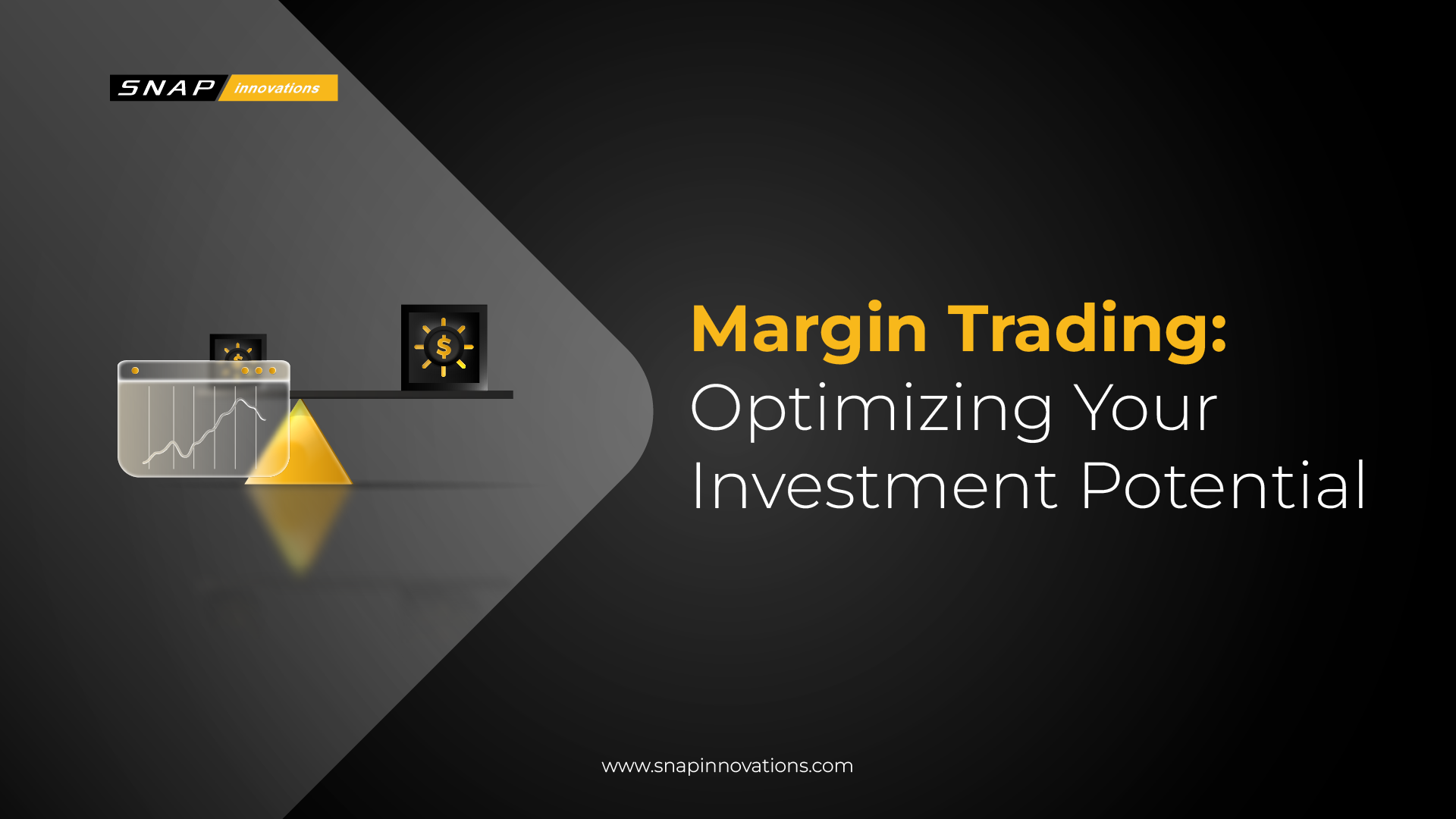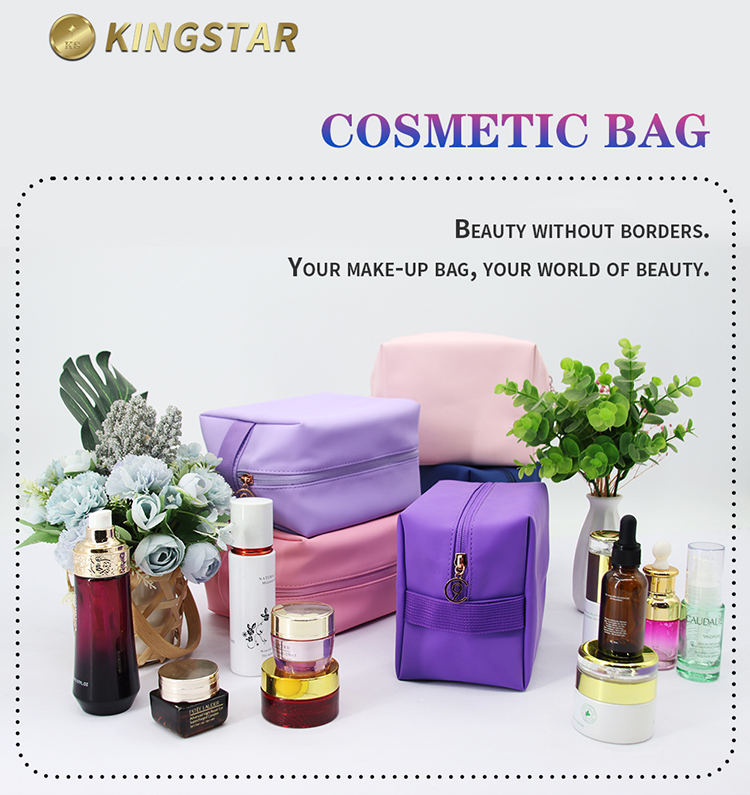To maximize profits selling designer handbags, focus on superior product creation, strategic pricing, multi-channel sales, and a compelling brand narrative.

Table of Contents

1. The Foundation of Profitability: Superior Product Creation
1.1. Sourcing Premium Materials and Craftsmanship
1.2. The Role of a Manufacturing Partner
1.3. Defining a Unique Design Identity
2. Strategic Pricing Models for Designer Handbags
2.1. Cost-Plus vs. Value-Based Pricing
2.2. Analyzing the Competitive Landscape
3. Selecting the Right Sales Channels
3.1. Direct-to-Consumer (D2C): Your Own E-commerce Store
3.2. Curated Online Marketplaces
3.3. The Power of Physical Retail and Pop-Ups
4. Building a Powerful Brand Narrative and Marketing Engine
4.1. Crafting a Compelling Brand Story
4.2. High-Fidelity Visuals: Photography and Videography
4.3. Leveraging Influencer and Social Media Marketing
5. Optimizing Operations for a Seamless Customer Experience
5.1. Inventory Management and Fulfillment
5.2. Delivering Exceptional Customer Service and Packaging

Article Outline & Anchor Text
Core Keywords: sell designer handbags, maximize profits, designer handbag brands, luxury bag sales
Long-Tail Keywords: how to price designer handbags, marketing strategies for luxury bags, best sales channels for designer bags, finding a manufacturer for leather handbags, building a luxury handbag brand
Anchor Text Suggestions: premium materials and craftsmanship, a strategic manufacturing partner, value-based pricing for luxury, direct-to-consumer strategy, building a powerful brand narrative, high-fidelity visual assets, optimizing the customer experience
The Foundation of Profitability: Superior Product Creation
The journey to profitable designer handbag sales begins long before a single marketing campaign is launched. It starts with the product itself. In the luxury market, customers do not just buy an item; they invest in quality, design, and a promise of durability. The tangible feel of the leather, the precision of the stitching, and the quality of the hardware are non-negotiable elements that justify a premium price point. A brand’s reputation is built upon the physical product, and any compromise at this stage will undermine all subsequent sales and marketing efforts.
To command a high price and foster brand loyalty, every component must exude excellence. This is what separates a standard accessory from a coveted designer piece. Profit margins in the luxury sector are directly tied to this perceived and actual quality. A beautifully crafted handbag becomes an asset for the customer and a powerful marketing tool for the brand, generating word-of-mouth and repeat business.
Sourcing Premium Materials and Craftsmanship
What defines a designer handbag? It is the immediate, tactile experience of superior quality. This begins with sourcing the finest materials available. Brands must establish relationships with tanneries and suppliers known for their ethical and high-quality leathers, such as full-grain or top-grain calfskin, lambskin, or exotic materials. The hardware—zippers, clasps, and studs—must also be robust and elegantly finished, as these are frequent points of customer scrutiny. Every detail, from the lining fabric to the thread used for stitching, contributes to the overall perception of luxury.
Beyond materials, the level of craftsmanship is paramount. Techniques like hand-stitching, edge painting, and meticulous construction are hallmarks of a designer product. These skills ensure not only a beautiful aesthetic but also a product that withstands the test of time. Investing in exceptional craftsmanship is a direct investment in your brand’s value proposition and its ability to compete in the high-end market.
The Role of a Manufacturing Partner
For most brands, especially new and growing ones, managing the complexities of sourcing and production in-house is a significant challenge. This is where a strategic manufacturing partner becomes an indispensable asset. A specialized manufacturer provides the infrastructure, expertise, and supply chain connections necessary to bring a design vision to life without the prohibitive overhead of owning and operating a factory. They are the silent engine behind many of the world’s successful luxury brands.
A full-service partner like Beldtura Leather manages the entire process—from sourcing the perfect Italian leather and custom hardware to sampling, production, and rigorous quality control. By partnering with an expert manufacturer that offers low Minimum Order Quantities (MOQs), brands can test new designs with less risk, maintain agility in the market, and ensure that every single piece meets the exacting standards expected of a designer handbag. This collaboration allows the brand to focus on its core strengths: design, marketing, and customer relationships.
Defining a Unique Design Identity
With quality as the foundation, a unique design identity is what makes a brand memorable. The market is filled with beautiful handbags; what will make yours stand out? A strong design ethos goes beyond a single popular style. It involves creating a cohesive collection with a recognizable point of view. This could be a unique silhouette, a signature hardware element, an innovative use of materials, or a commitment to a particular aesthetic, whether minimalist, avant-garde, or classic.
This unique identity must be consistently communicated across all products and marketing materials. It is the visual language that attracts a specific type of customer and builds a loyal following. A clear design DNA ensures that your products are not just seen as items but as pieces of a larger, desirable brand world. This distinction is crucial for long-term profitability and brand equity.
Strategic Pricing Models for Designer Handbags
Pricing a designer handbag is a delicate balance between covering costs, reflecting brand value, and meeting market expectations. A price that is too low can devalue the brand and signal inferior quality, while a price that is too high can alienate potential customers and slow sales velocity. The right pricing strategy reinforces the bag’s exclusivity and desirability while ensuring healthy profit margins. It requires a deep understanding of both your business costs and your target customer’s perception of value.
Cost-Plus vs. Value-Based Pricing
Two primary models guide luxury pricing: cost-plus and value-based. Cost-plus pricing involves calculating the total cost of producing the handbag (materials, labor, manufacturing, shipping, marketing) and adding a predetermined markup percentage to arrive at the retail price. This method is straightforward and ensures that costs are covered, but it can leave money on the table by ignoring the intangible value of the brand and design.
In contrast, value-based pricing sets the price based on the *perceived value* to the customer. This model considers factors like brand prestige, design exclusivity, craftsmanship, and the emotional connection the customer has with the product. While more complex, this approach typically allows for higher profit margins because it aligns the price with the desirability and status that the handbag confers. Most successful designer brands use a hybrid model, ensuring costs are covered while pricing is primarily driven by brand value.
| Pricing Model | Focus | Advantages | Disadvantages |
|---|---|---|---|
| Cost-Plus Pricing | Internal costs and profit margin | Simple to calculate, ensures cost recovery | Ignores brand value, may underprice the product |
| Value-Based Pricing | Customer’s perception of value and brand prestige | Maximizes profit potential, reinforces brand exclusivity | Requires deep market understanding, can be subjective |
Analyzing the Competitive Landscape
Before finalizing prices, it is essential to analyze the competitive landscape. Who are your direct and indirect competitors? What are their price points for comparable products? This analysis is not about copying competitors’ prices but about understanding the market context. Position your brand intentionally. Do you want to be an accessible luxury brand or an exclusive, high-end name? Your pricing must reflect this positioning.
Look at the materials, size, complexity of design, and brand story of competing products to create a benchmark. If your handbag offers superior materials or more intricate craftsmanship, you have a clear justification for a higher price point. This data, combined with your brand positioning and value proposition, will help you find the pricing sweet spot that attracts customers and drives profitability.
Selecting the Right Sales Channels
Where you sell your designer handbags is just as important as how you make them. The chosen channel must align with your brand’s image of exclusivity and provide a customer experience that justifies the premium price. A multi-channel approach often yields the best results, allowing brands to reach different customer segments and control their brand presentation. Each channel offers distinct advantages and requires a tailored strategy for maximum impact.
Direct-to-Consumer (D2C): Your Own E-commerce Store
The most profitable and brand-centric channel is a direct-to-consumer model through a dedicated e-commerce website. Selling directly allows you to retain the full profit margin, as there are no commissions or fees paid to third-party retailers. More importantly, it gives you complete control over the brand experience, from the website’s aesthetic to the way products are presented and the stories you tell. You also own the customer data, enabling you to build direct relationships, understand purchasing behavior, and implement targeted marketing campaigns for repeat business. A sophisticated, user-friendly website is a digital flagship store and a critical asset for any modern luxury brand.
Curated Online Marketplaces
Partnering with established and curated online marketplaces like Farfetch, Net-a-Porter, or SSENSE can provide immediate access to a large, global audience of affluent shoppers who are actively looking for new designer products. These platforms have already built trust and a massive customer base, which can significantly accelerate brand discovery and sales. However, this access comes at a cost, typically a substantial commission on each sale. Brands must also adhere to the marketplace’s guidelines for photography and logistics, ceding some control over brand presentation. It is a trade-off between reach and margin that can be very effective for brand building.
The Power of Physical Retail and Pop-Ups
Despite the dominance of e-commerce, the physical retail experience remains powerful in the luxury sector. For a designer handbag, the ability to see, touch, and feel the product is a critical part of the purchasing decision. A permanent boutique in a key fashion capital or a strategic presence in high-end department stores can lend immense credibility and prestige to a brand. For newer brands, pop-up shops offer a lower-cost, flexible way to test a physical retail presence. These temporary stores can generate buzz, allow direct interaction with customers, and create memorable brand experiences that translate into both immediate sales and long-term online engagement.
Building a Powerful Brand Narrative and Marketing Engine
A designer handbag is more than the sum of its parts; it is an emblem of a story, a lifestyle, and an identity. The most profitable brands are master storytellers. They do not just sell a product; they sell an idea. Effective marketing in the luxury space is about creating desire and forging an emotional connection with the consumer. This requires a sophisticated, multi-faceted approach that communicates the brand’s unique value proposition across all touchpoints.
Crafting a Compelling Brand Story
What is the story behind your brand? Is it rooted in artisanal heritage, a commitment to sustainable practices, a celebration of modern design, or the personal journey of the founder? This narrative is the soul of your brand and must be woven into everything you do. It should be communicated on your website’s “About Us” page, in your social media content, and through your product descriptions. A compelling story gives customers a reason to believe in your brand beyond the product itself. It transforms a purchase from a simple transaction into a meaningful act of self-expression and affiliation.
High-Fidelity Visuals: Photography and Videography
In the digital age, your product imagery *is* your product. For designer handbags, high-quality, professional visuals are non-negotiable. This includes clean, well-lit product shots on a neutral background that show every detail—the texture of the leather, the quality of the hardware, the intricacy of the stitching. It also includes lifestyle photography and videography that place the handbag in an aspirational context, helping customers envision how it will fit into their lives. Investing in a talented photographer and creating a strong visual identity will dramatically increase the perceived value of your products and drive conversion rates.
Leveraging Influencer and Social Media Marketing
Social media platforms, particularly Instagram and TikTok, are powerful tools for building brand awareness and creating desire. The key is to collaborate with influencers and content creators who genuinely align with your brand’s aesthetic and values. Rather than focusing on a large quantity of followers, seek out micro-influencers who have a highly engaged and relevant audience. Their authentic endorsement can be far more powerful than traditional advertising. Consistent, high-quality content on your own social channels—showcasing behind-the-scenes glimpses of the design process, styling tips, and user-generated content—helps build a community around your brand and keeps your audience engaged.
Optimizing Operations for a Seamless Customer Experience
The luxury experience does not end when the customer clicks “buy.” In fact, the post-purchase phase is where brand loyalty is either solidified or shattered. Every operational detail, from inventory accuracy to the unboxing experience, must reflect the same commitment to quality and excellence as the product itself. Streamlined operations are not just about efficiency; they are a critical component of brand-building and are essential for maximizing long-term profitability through customer retention.
Inventory Management and Fulfillment
Efficient inventory management is crucial for profitability. For a designer brand, scarcity can be a powerful marketing tool, but stockouts of popular items can lead to frustrated customers and lost sales. A robust inventory system helps you track sales data, forecast demand, and manage production schedules effectively. When it comes to fulfillment, shipping must be fast, reliable, and transparent. Providing customers with clear tracking information and ensuring the product arrives safely and on time is a fundamental expectation in the luxury market. Flawless execution in this area builds trust and confidence in your brand.
Delivering Exceptional Customer Service and Packaging
Exceptional customer service is a hallmark of any luxury brand. Your support team must be knowledgeable, responsive, and empowered to resolve issues gracefully. Every interaction, whether it is answering a product question or handling a return, is an opportunity to reinforce your brand’s premium positioning. The final touchpoint, and one of the most memorable, is the packaging. The unboxing experience should feel special and elevated. A sturdy, beautifully designed box, a dust bag for the handbag, a personalized thank-you note, and thoughtful presentation all contribute to the feeling that the customer has purchased something truly valuable. This attention to detail encourages social sharing and turns a one-time buyer into a lifelong brand advocate.

